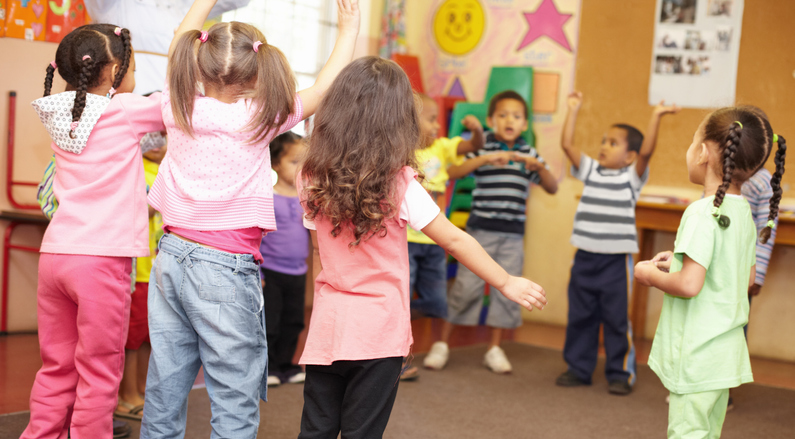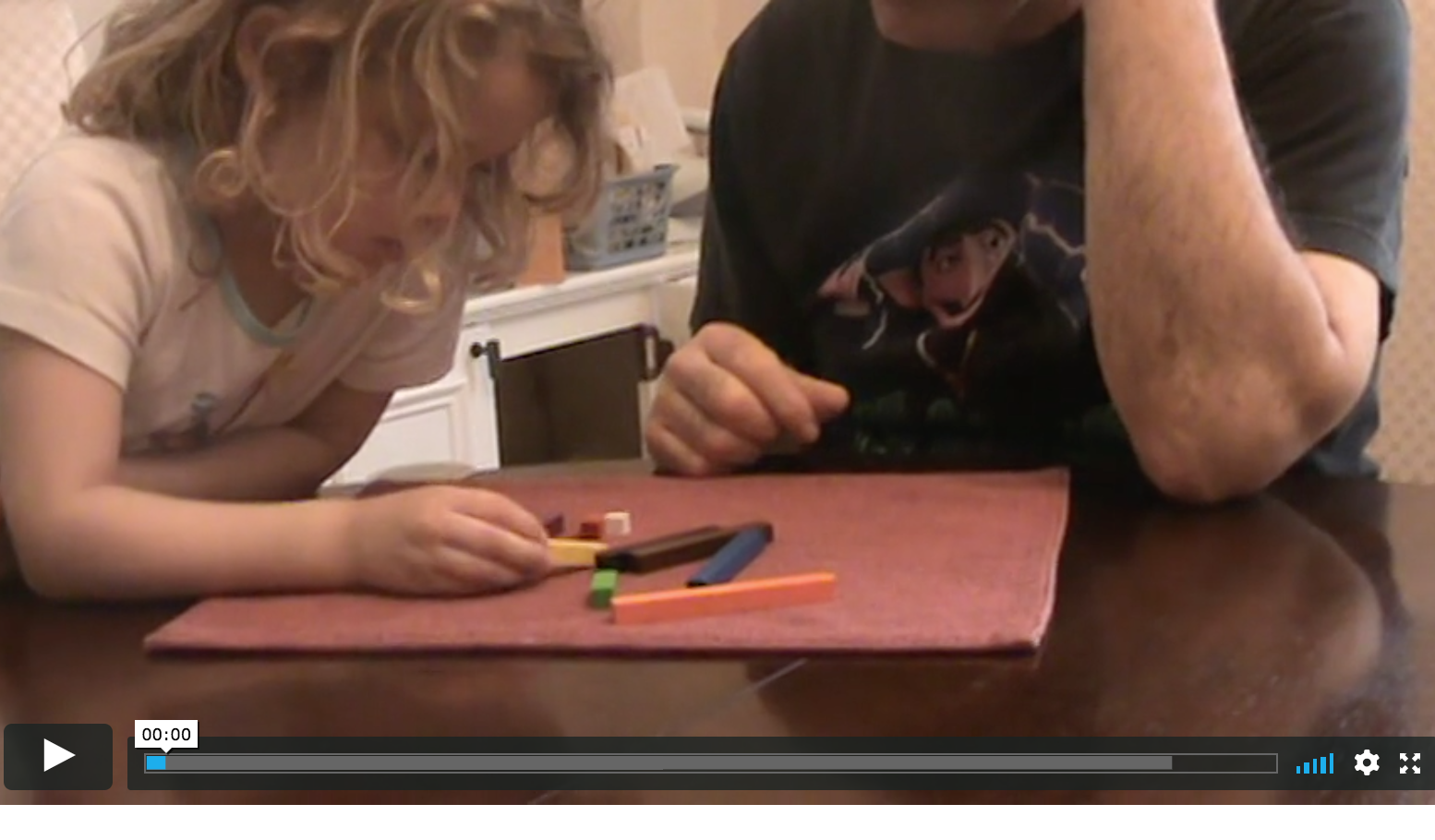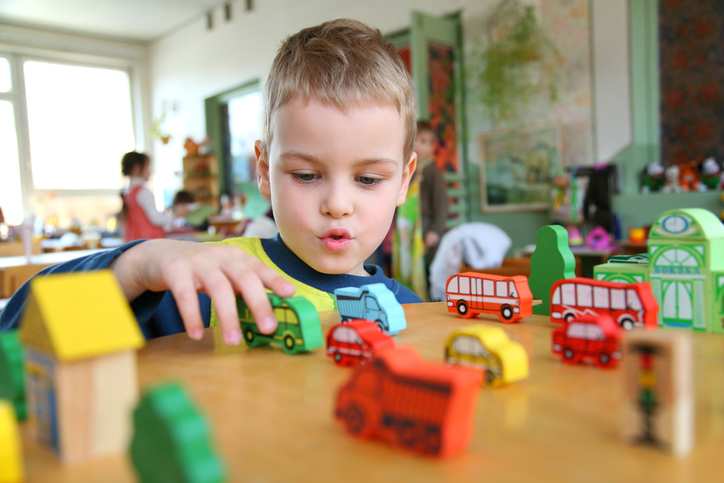Ever wonder how a pattern identification activity and a pattern extension activity differ? Explore these terms and more!
Common Pattern Activities
We frequently get caught in a rut when it comes to pattern activities. Children can pick up on this and end up limiting their exploration of patterns, too. This article will help expand your repertoire of pattern activities (and hopefully children’s too!). Let’s begin with descriptions of common pattern activities:
Pattern recognition Child can point to a described pattern
Teacher Paul: who can find a red-white-red-white pattern?
Toni: I see one – look it’s on Terese and Stella's shirts!
Pattern identification Child describes an existing pattern (or one that they made)
Toni: Look, Teacher Paul! It’s black-white-black-white!
Pattern copying Child replicates an existing pattern
Toni: Look, Teacher Paul! Mine looks the same as yours. Yours is orange-yellow-yellow-orange-yellow-yellow and so is mine!
Pattern extension Child adds to an existing pattern
Toni: I know what comes next, Teacher Paul. See there is red-blue-red-blue [laying down the next two blocks]. Red comes next and then blue!
Pattern generalization Child uses the underlying pattern rule in a different pattern expression
Toni: Look, Teacher Paul! Mine is like yours! You have black-white-black-white stripes on your shirt and I made a bead necklace with purple-red-purple-red! See, we both used two colors!
Patterns in Motion and Sound
While many of these examples include concrete materials, patterns occur in many forms, including motions and sounds:
 Motion pattern copying
Motion pattern copying
- In circle time, ask a child to show a movement so everyone can copy it (for example, waving right hand, waving left hand, waving right hand, waving left hand).
- Introduce clapping games (e.g., Miss Mary Mack, A Sailor Went to Sea Sea Sea)
Sound pattern extension
- Singing B-I-N-G-O, where in each successive verse, one more letter is replaced with a clap (an example of a growing pattern!).
- While standing in line, have each child extend the next sound in a pattern (for example, be-bop-tip-top-be-bop-tip-top)



